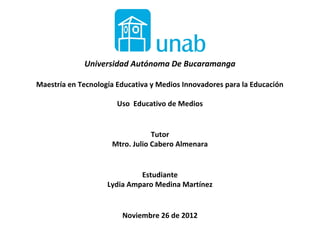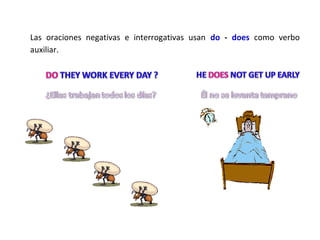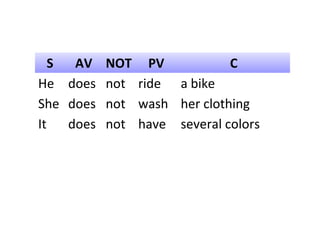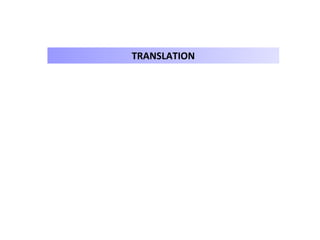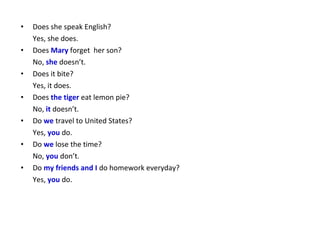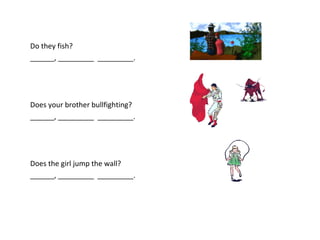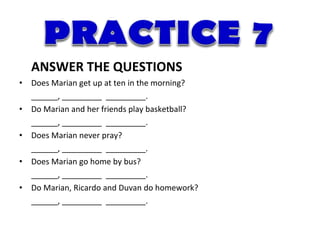I wake up at 7am, get ready for the day which includes taking a shower, getting dressed, and eating breakfast. In the morning I work on my studies and assignments. After lunch I enjoy relaxing activities like reading, watching videos, or going for a walk before starting my evening tasks and going to bed at 10pm.
